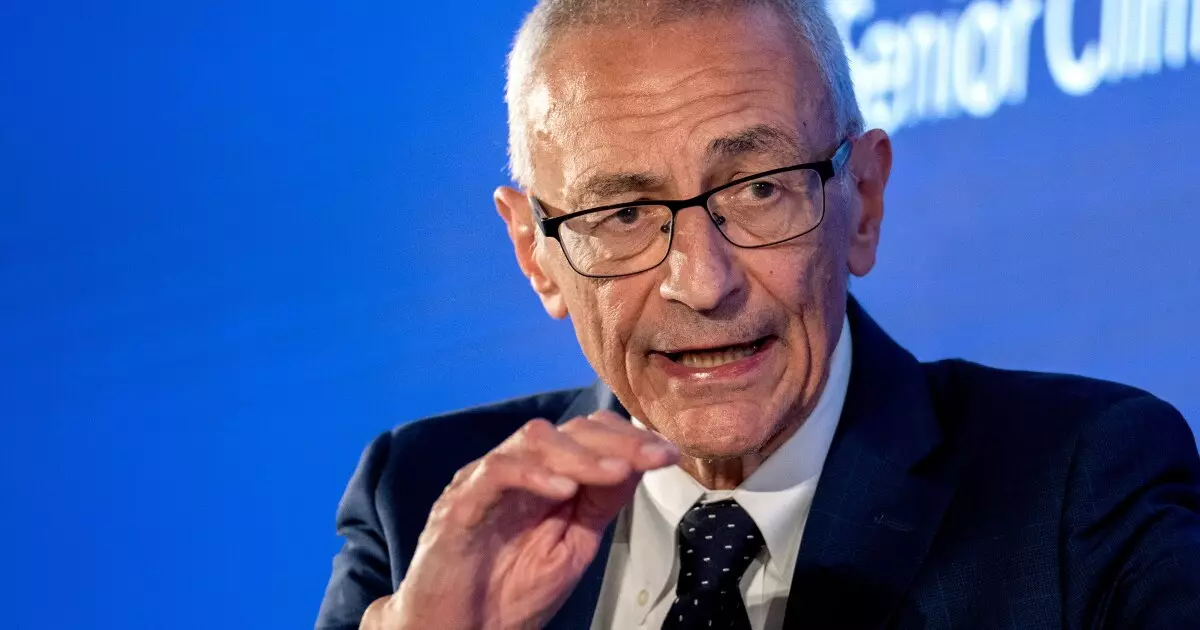As the Inflation Reduction Act (IRA) approaches its two-year mark, states have only managed to capture a fraction of the potential funding opportunities provided by the Biden administration’s signature climate legislation. Reports indicate that, on average, states have accessed approximately 7% of the available funds. This limited uptake is attributed to the fact that the utilization of tax credits, which constitute a significant portion of the federal support, is still in its nascent stages.
A report by Rhodium Group and MIT’s Center for Energy and Environmental Policy Research reveals that since the enactment of the IRA, the federal government has invested around $78 billion, predominantly in the form of tax credits. In contrast, private investment during the same period has far exceeded federal contributions, amounting to nearly $493 billion. This substantial surge in private investment represents a 71% increase from the two-year period preceding the legislation.
State Leaders in Clean Energy Economy
California and Texas emerge as leaders in the clean energy economy, with both states garnering significant amounts of tax credits. California has secured $13 billion, equivalent to 11% of its total potential funding, while Texas has accessed $9 billion, representing 6% of its full funding potential. In stark contrast, Nevada has already captured 54% of its maximum potential tax credits. These disparities highlight the varying levels of commitment and readiness among states to leverage federal incentives for clean energy initiatives.
Despite the substantial financial support provided by the IRA through tax credits, cities and states have been relatively slow in capitalizing on these incentives. Some market participants attribute this sluggish uptake to the complex and ambiguous regulations governing the tax credits. Moreover, there is a general apprehension towards federal involvement in light of past challenges faced with programs like Build America Bonds. The delayed release of final rules for the tax credits until March further compounded the challenges faced by potential beneficiaries.
Federal investment in clean energy is poised to become a contentious political issue, particularly between former President Donald Trump and Vice President Kamala Harris. The partisan divide over the IRA was evident, with no Republican supporting the legislation and Harris casting the tie-breaking vote in the Senate. Trump has expressed intentions to dismantle key provisions of the IRA, citing concerns of government overreach and alleged benefits to China. However, the legislation has garnered support from some Republicans who have witnessed substantial clean energy projects unfolding in their constituencies.
Future Outlook and Projections
The post-IRA period has witnessed clean investment flowing into all 50 states, with California, Texas, Florida, Georgia, and Arizona receiving the bulk of the funding. Looking ahead, RMI anticipates that by 2030, federal investment in clean energy will surpass $1 trillion. Despite the strides made, states still have a considerable distance to cover in realizing their full investment potential. It is imperative for them to focus on sectors with the highest growth prospects to gain a competitive edge in the race towards sustainable energy transition. As the utilization of tax credits gains momentum, states are poised to increase their uptake and drive the acceleration of clean energy initiatives.

